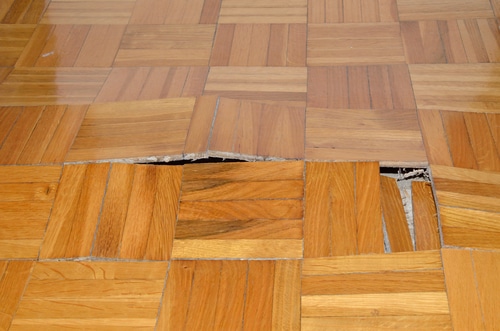Exactly how to Check If Your Home Has a Surprise Leakage
Exactly how to Check If Your Home Has a Surprise Leakage
Blog Article
Are you looking for help and advice around Hacks to detect leaks?

Early detection of dripping water lines can mitigate a possible disaster. Some little water leakages might not be visible.
1. Analyze the Water Meter
Every residence has a water meter. Examining it is a surefire way that helps you uncover leakages. For starters, turn off all the water resources. Make sure nobody will certainly flush, make use of the faucet, shower, run the washing maker or dishwasher. From there, most likely to the meter and also watch if it will alter. Given that no one is using it, there ought to be no activities. If it moves, that indicates a fast-moving leak. If you detect no modifications, wait a hr or 2 and inspect back once again. This suggests you may have a slow leak that might also be below ground.
2. Inspect Water Usage
Evaluate your water expenses and track your water consumption. As the one paying it, you should see if there are any kind of disparities. If you identify sudden changes, in spite of your consumption coinciding, it indicates that you have leaks in your plumbing system. Remember, your water costs must fall under the very same variety monthly. An abrupt spike in your expense shows a fast-moving leak.
A stable boost every month, even with the exact same routines, reveals you have a sluggish leak that's likewise slowly intensifying. Call a plumber to thoroughly check your residential property, specifically if you really feel a warm area on your flooring with piping below.
3. Do a Food Coloring Test
30% comes from bathrooms when it comes to water consumption. Examination to see if they are running appropriately. Drop flecks of food color in the container as well as wait 10 minutes. If the shade somehow infiltrates your dish during that time without flushing, there's a leakage between the container and dish.
4. Asses Outside Lines
Don't forget to examine your outdoor water lines also. Needs to water leak out of the connection, you have a loosened rubber gasket. One tiny leakage can waste tons of water as well as spike your water expense.
5. Assess the circumstance and also inspect
Home owners should make it a routine to examine under the sink counters and even inside cupboards for any kind of bad odor or mold and mildew growth. These two red flags suggest a leakage so punctual attention is required. Doing routine assessments, also bi-annually, can conserve you from a significant trouble.
More importantly, if you know your home is already old, maintain a watchful eye on your heaters, tubes, pipelines and so on. Check for stainings and also deteriorating as many home appliances and pipelines have a life expectancy. They will certainly likewise naturally wear away because of tear and also wear. If you believe dripping water lines in your plumbing system, don't wait for it to intensify. Call a professional plumber today so you do not end up with a terrible mess in your home.
Early discovery of dripping water lines can minimize a possible disaster. Some tiny water leaks may not be visible. Checking it is a surefire way that helps you uncover leakages. One little leakage can lose bunches of water and also surge your water expense.
If you think leaking water lines in your plumbing system, do not wait for it to rise.
WARNING SIGNS OF WATER LEAKAGE BEHIND THE WALL
PERSISTENT MUSTY ODORS
As water slowly drips from a leaky pipe inside the wall, flooring and sheetrock stay damp and develop an odor similar to wet cardboard. It generates a musty smell that can help you find hidden leaks.
MOLD IN UNUSUAL AREAS
Mold usually grows in wet areas like kitchens, baths and laundry rooms. If you spot the stuff on walls or baseboards in other rooms of the house, it’s a good indicator of undetected water leaks.
STAINS THAT GROW
When mold thrives around a leaky pipe, it sometimes takes hold on the inside surface of the affected wall. A growing stain on otherwise clean sheetrock is often your sign of a hidden plumbing problem.
PEELING OR BUBBLING WALLPAPER / PAINT
This clue is easy to miss in rooms that don’t get much use. When you see wallpaper separating along seams or paint bubbling or flaking off the wall, blame sheetrock that stays wet because of an undetected leak.
BUCKLED CEILINGS AND STAINED FLOORS
If ceilings or floors in bathrooms, kitchens or laundry areas develop structural problems, don’t rule out constant damp inside the walls. Wet sheetrock can affect adjacent framing, flooring and ceilings.
https://www.servicemasterbyzaba.com/blog/how-to-detect-water-leakage-in-walls/

I was introduced to that editorial on Top leak detection hacks through an acquaintance on our other web blog. Enjoyed reading our posting? Please share it. Let other people locate it. Thank you for taking the time to read it.
Report this page